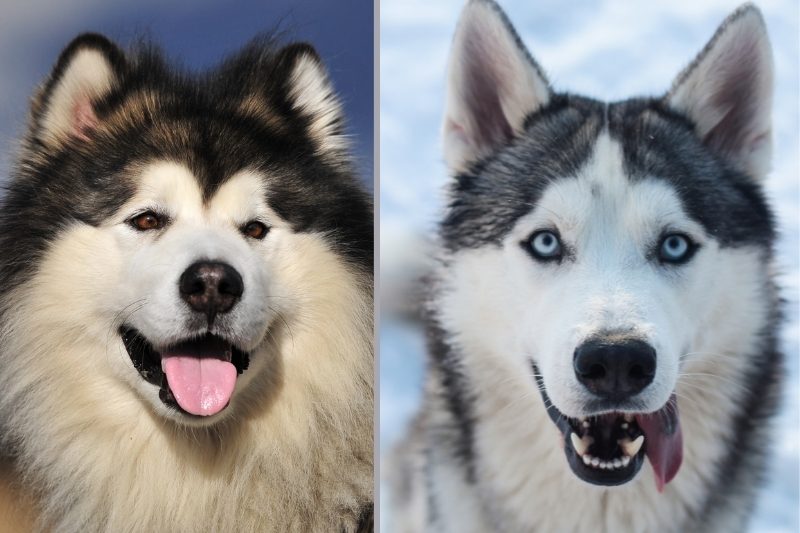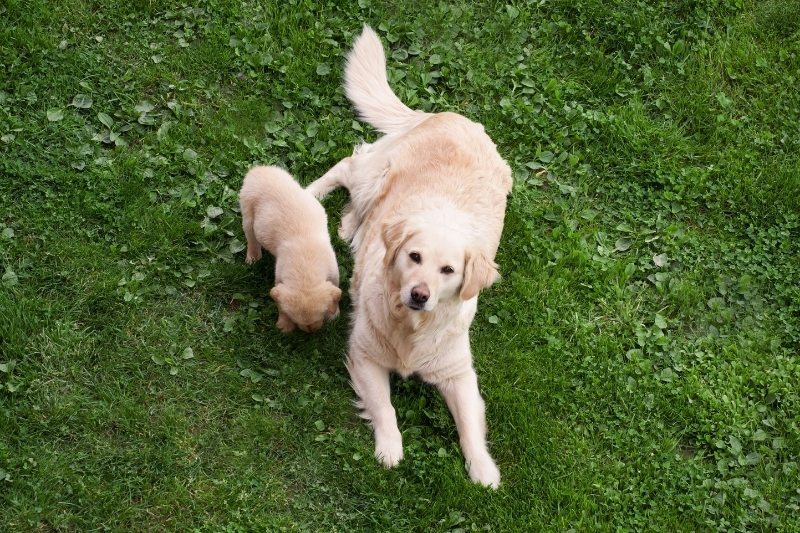Why do dogs have whiskers?

Have you ever been tickled by a dog brushing past your skin?
If you have, then most likely it's been because of their whiskers. Yes, unlike cats their not as pointy or out there, but dogs do have them. They're just slightly more discreet.
Have you ever wondered why dogs have whiskers, though?
Well, if you haven't, the cogs might undoubtedly be turning in your brain now.
Today, to help you, we're going to share some interesting information about dog's whiskers.
Why do dogs have whiskers?
Sometimes you may have thought about a dog's whiskers as pointless facial features. But, there's more to them than we see with our eyes. Whiskers play an essential role in a dog's senses, and they help your dog navigate their way through their day and support their vision.
Whiskers help dogs identify their food and water bowls and find their toys at night. Similarly, dogs don't have the best eyesight, so their whiskers are their backup!
But, before we go into their benefits, let's understand…
What are dog whiskers?

According to Psychology Today a dog's whisker tends to be a lot coarser than their fur and have deeper roots. Unlike cats, a dog's whisker's location can vary based on the breed and individual dog.
Most of the time, the positon of whiskers on a dog tend to be above their eyes, on either side of their muzzle, on their upper lip and below their chin.
Dog whiskers transmit information
An intriguing thing about their whiskers is that they do not feel anything. Their prime purpose is to transmit information to their sensory cells once they've detected movement. Such information that can be transmitted is the shape, size, and speed of objects nearby. Once a whisker touches something, it vibrates and then stimulates the hair follicle.
Dog whiskers communicate emotions
Your dog's whiskers can often be a good indicator of their emotions. When you see your dog relaxing, their whiskers will be dropped down. However, when they are happy, they tend to have their whiskers raised high up, alongside their eyes and mouth.
Similarly, when dogs feel threatened, whiskers tend to flare up and point towards the object such as the human or animal they feel threatened. Clever right?
Dog whiskers serve as protectors
Like our human eyes, dogs can be at risk of getting dust or dander falling into them. When dust or a particle drops on the eye, they blink it off. But, it can cause the slightest bit of damage if it were to get in their eye.
If your dog is outside and they experience grass bristling past their face or any object, the whiskers indicate them to back up from that object to stop anything from getting into their eye.
Why you shouldn't cut or pluck dogs whiskers

As dog whiskers are vital parts of their body and should never cut them, unless specifically told by a vet. It can become tempting to sniff off when for aesthetic purposes, but you could affect their confidence if you do so.
While it doesn't hurt your dog if you cut their whiskers, it can make them less aware of their surroundings. The inability to detect or locate things nearby can make it hesitant. It's also vital that you don't pluck them. If you pluck them, you can take them out by the root and prevent them from growing back altogether.
According to VCA Hospitals, 40% of the brain's sensory cells coincide with areas of the body that depend on whiskers. This is why we shouldn't just leave them, but we have to be careful when we pet the dogs that we do so lightly. You should only pet them, so you touch gently next to the grain of their whiskers.
Don't worry if you've cut your dog's whiskers or a groomer has done so. A dog's whiskers can grow back.

Alex Wrigley is a professional writer and blogger who loves travel, technology and dogs. She is originally from the UK but currently lives in Nepal with her three dogs: two pugs and a golden retriever.









